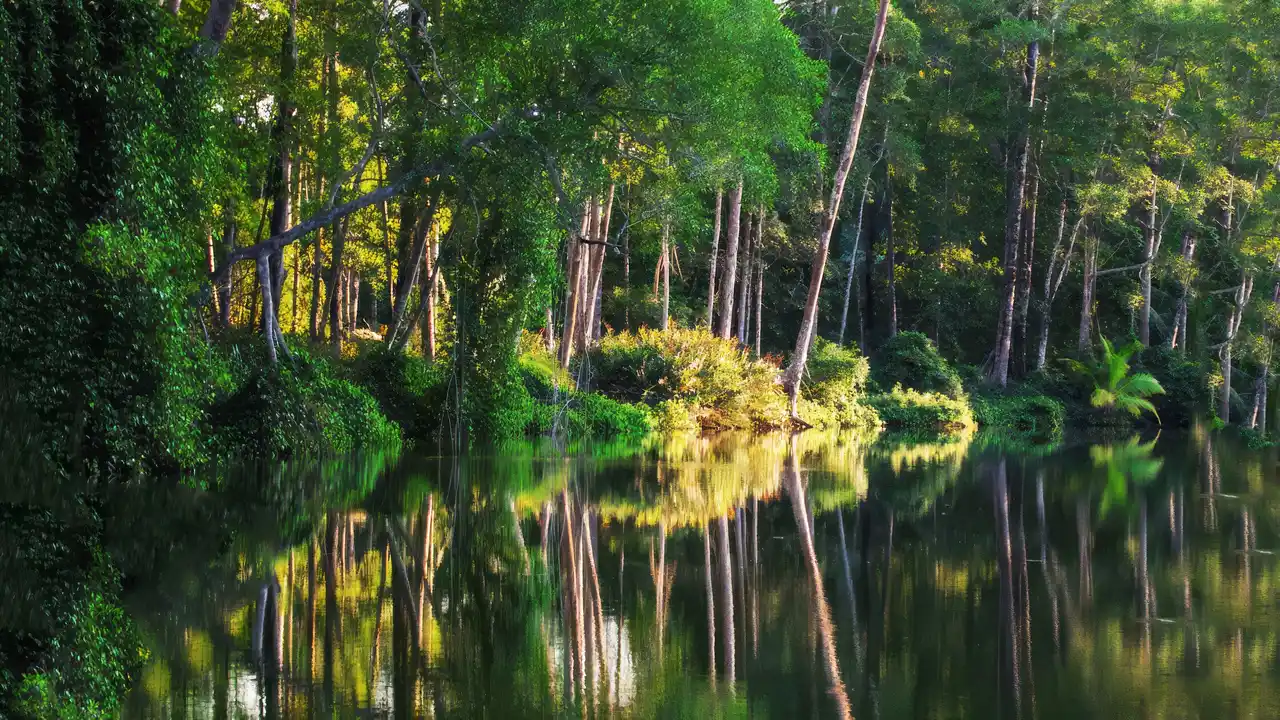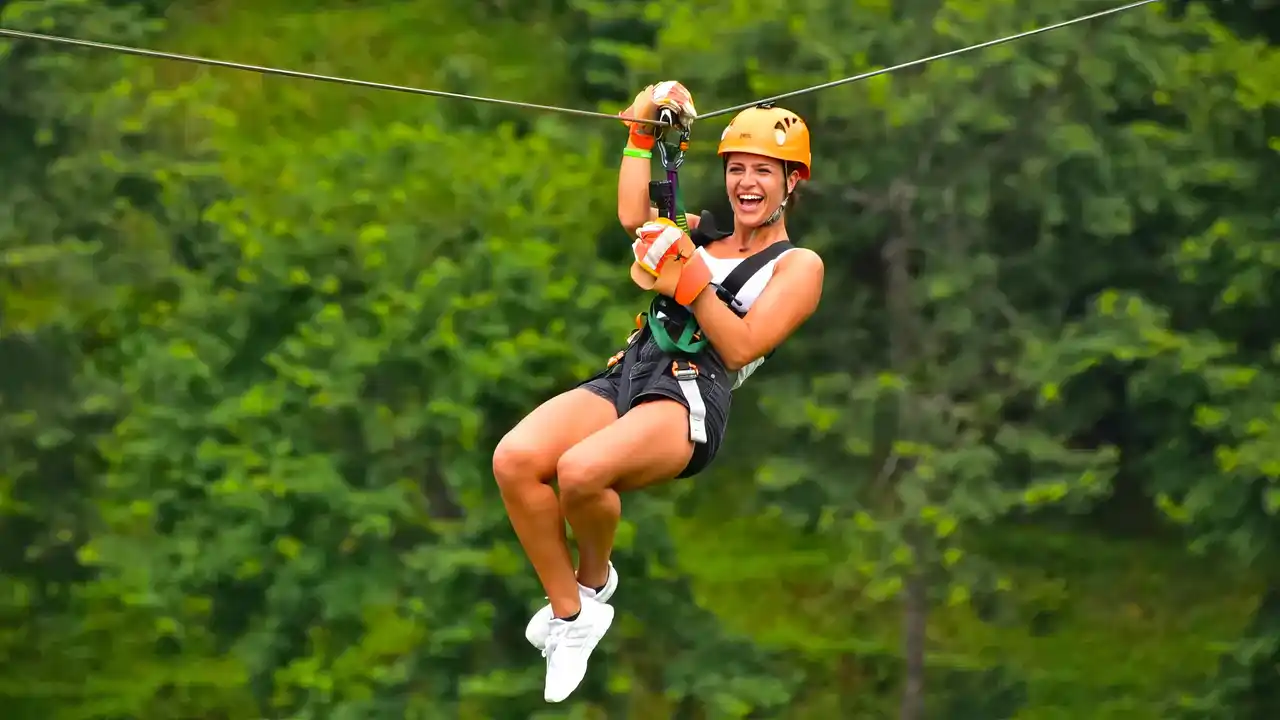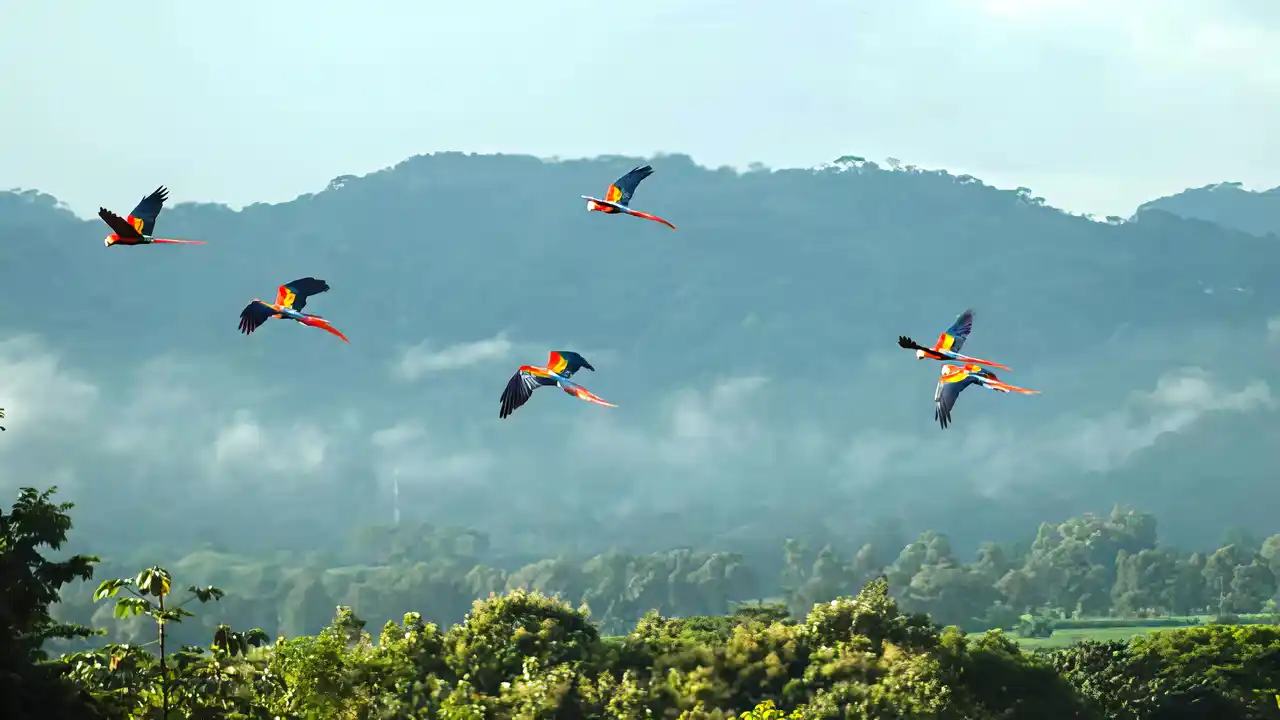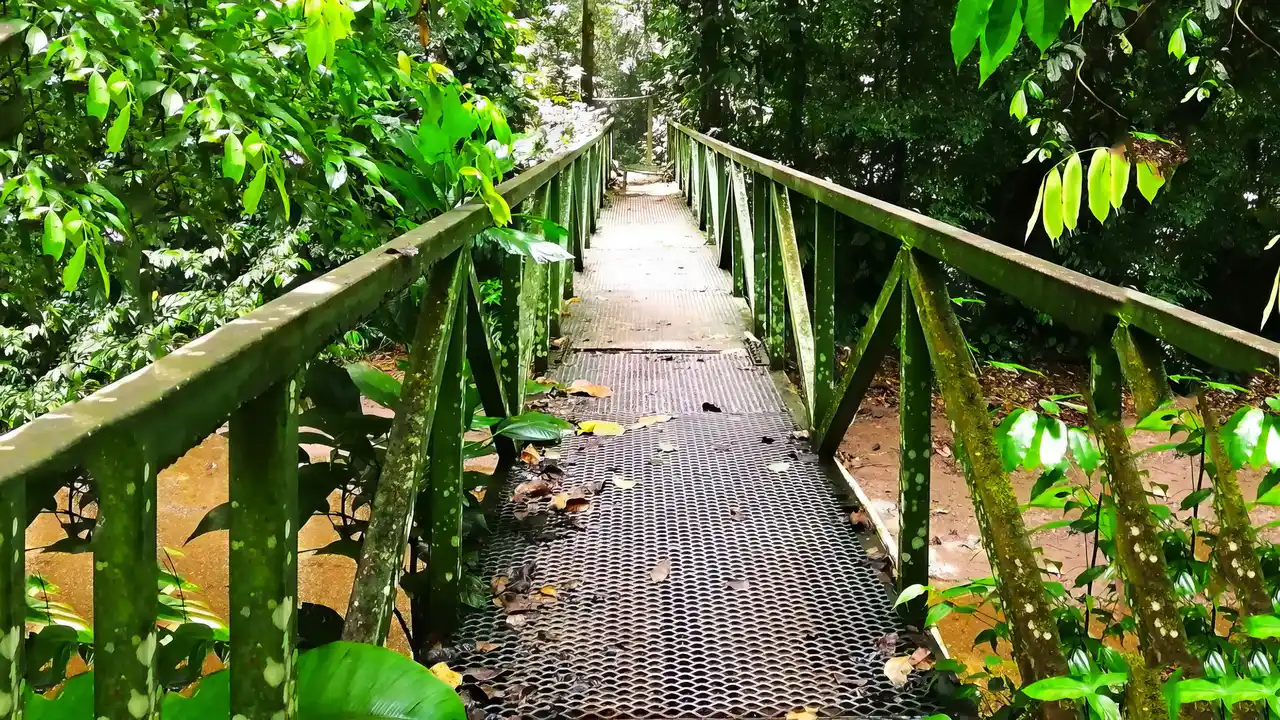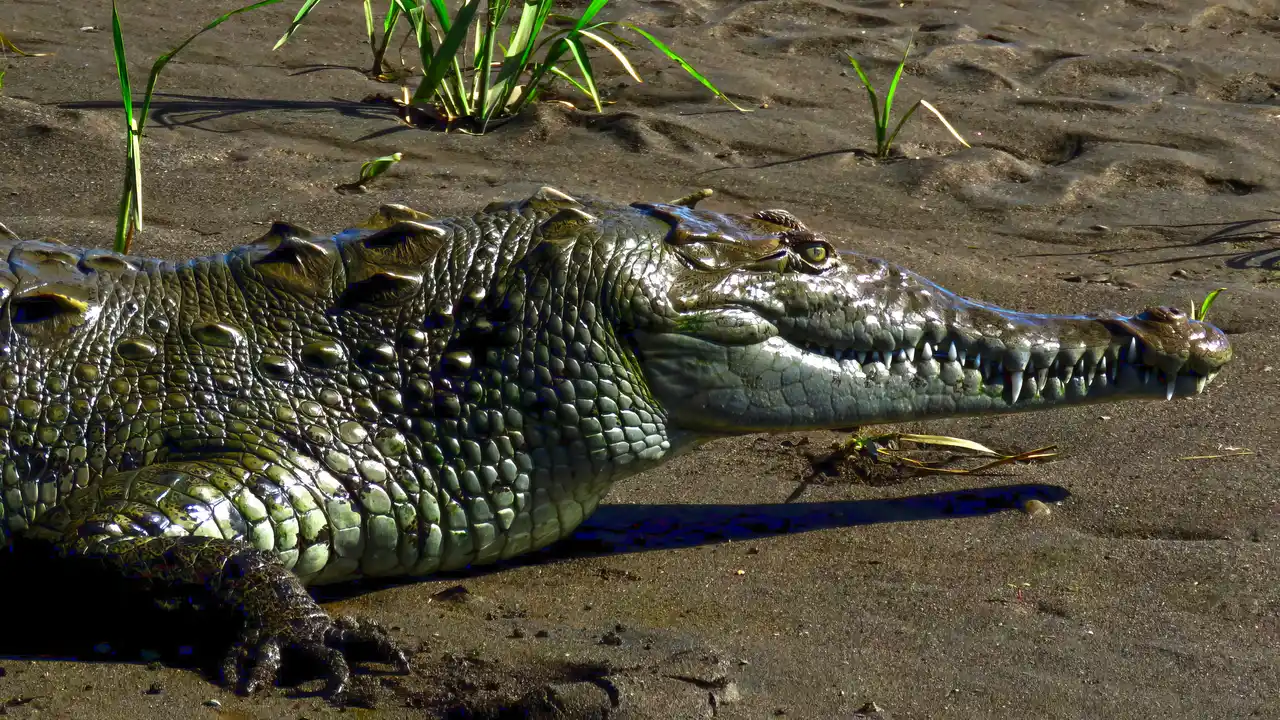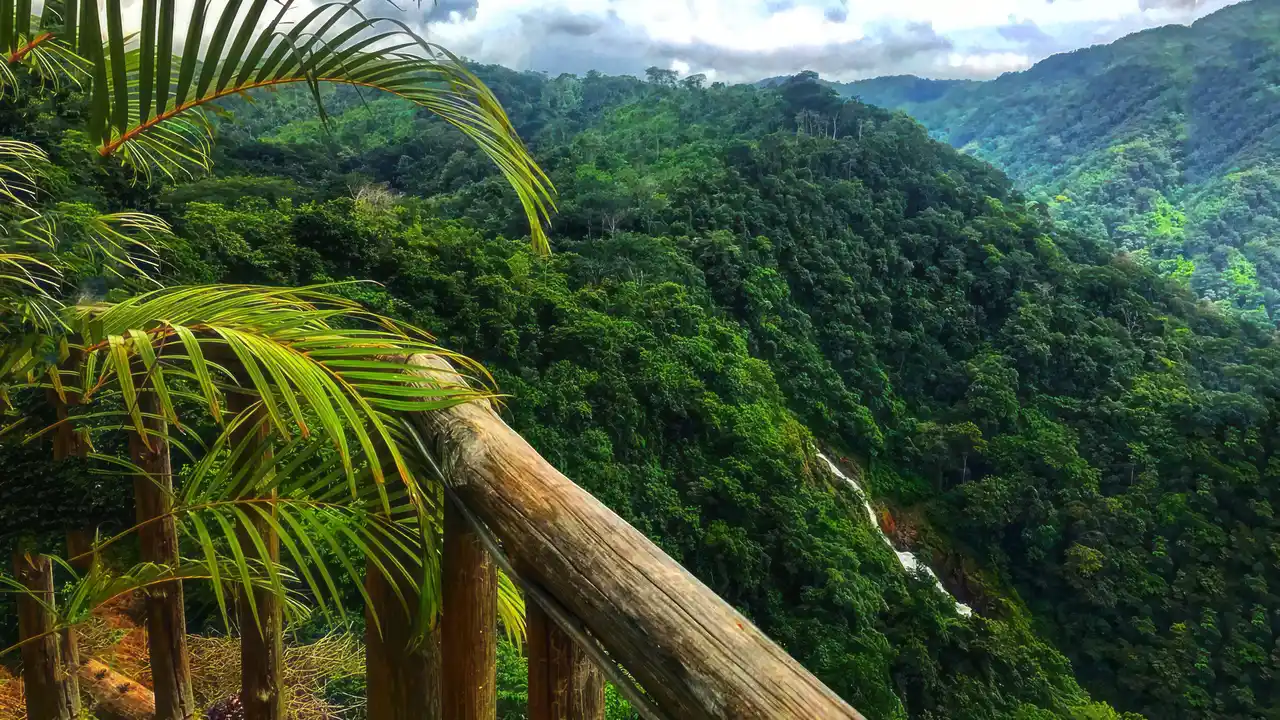CARARA
Savegre has an area of 216.07 km² and an elevation of 9 metres. Carara National Park is a national park in the Central Pacific Conservation Area located near the Pacific coast of Costa Rica. It was established on 27 April 1978 as a biological reserve, but its growing popularity after 1990 forced the government to upgrade its category to national park in November 1998.
Carara lies about 48 km (30 mi) west of the Costa Rican capital of San José and about 24 km (15 mi) miles north of the beach town of Jacó. The park protects the river basin of the River Tárcoles, near Orotina and includes one of the largest remaining populations of wild scarlet macaws in the country.
Carara National Park contains more primary rainforest than the relatively close Manuel Antonio National Park. As such, it is wetter than the more popular Manuel Antonio National Park, and has denser tree growth and more mosquitoes and other insects. This environment makes Carara a haven for many bird species making the park a popular birdwatching destination. In addition to scarlet macaws, birds found in Carara include orange-chinned parakeets and other parrots, hummingbirds, woodpeckers, motmots, jacamars, manakins, antbirds, and several species of trogon, including the black-throated trogon. Several species of water birds inhabit the park as well. These include the anhinga, several species of heron, egret and kingfishers.
Among the reptiles present in the park are the American crocodile and several snake and lizard species. The Tarcoles River, which forms the northern boundary of the park, is inhabited by crocodiles throughout most of the year. Green and black poison arrow frogs are among the amphibians present. Mammals include white-tailed deer, red brockets, collared peccaries, agouti, kinkajous, Panamanian white-faced capuchin monkeys, mantled howler monkeys, Hoffmann's two-toed sloths and brown-throated three-toed sloths. However, mammals can be difficult to see due to the dense tree cover.

